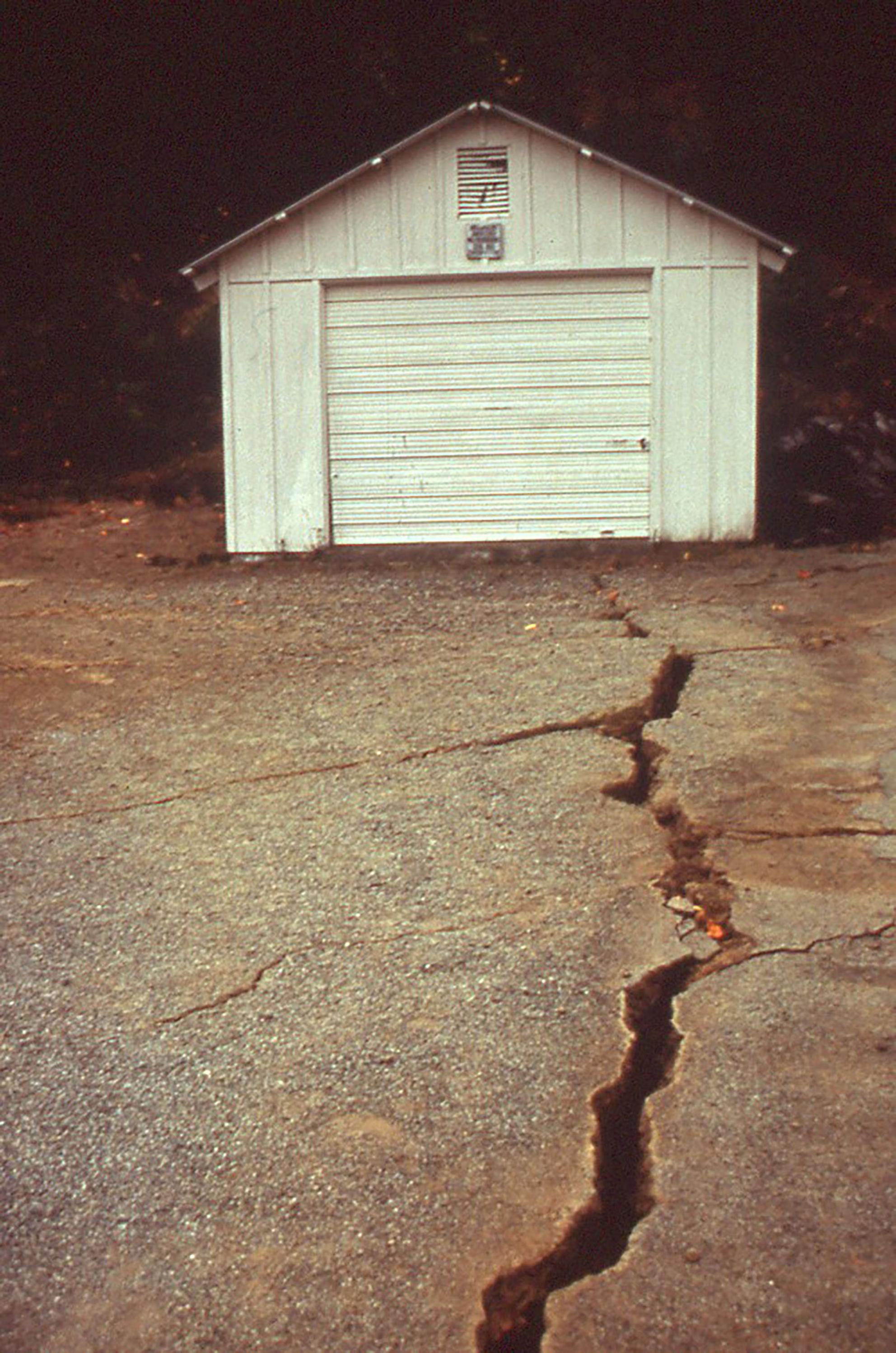
Earthquake Preparedness
Earthquake Preparedness: A Little Backstory
The Loma Prieta earthquake struck the Bay Area on October 17, 1989. Local resources were stretched to the limit as San Jose Water tried to maintain and restore service to the residents in hard-hit Los Gatos. The events following the earthquake remind us that water service may be interrupted following any significant disaster. You should be prepared for such disasters and take steps to assure that an emergency supply of drinking water will be available. The Santa Clara County Department of Environmental Health Services offers the following guidelines:
How to Prepare Water
According to the CDC, it is recommended to store at least one gallon of water per person per day for at least 3 days (try to store a 2- week supply if possible). This water should be used for drinking and sanitation.
Unopened commercially bought bottled water stored in a cool, dark place is the safest source of water. If you must prepare water on your own, use food-grade containers.
The water stored in water heater tanks is a good temporary source of supply. Water heater drain taps should be turned on once a month to drain rust and sediment. Be sure to turn off the gas or electricity before draining the water heater. Securely strap the water heater to a wall to prevent water loss as well as possible broken gas lines to the heater.
Water Treatment
If there is any doubt about the quality of available water, it should be purified before use. Boil vigorously for 1 minute or use (unscented) liquid household bleach (sodium hypochlorite 5.25%) as a disinfectant. Add 1/8 teaspoon of bleach per gallon of water. After adding bleach, mix thoroughly and let water stand for 30 minutes before using.
If water is cloudy or contains suspended particles, strain through a coffee filter or several layers of clean cloth to remove debris before attempting disinfection.
Earthquake Preparedness List
You should be prepared to survive at least three to five days following an earthquake. The following is a partial list of things that will help.
- Cooking utensils
- Food for each family member. (Dehydrated camp food is light and stays fresh for many months.)
- Sanitary wipes
- Medical supplies (prescriptions, medication, eyeglasses, etc.)
- Spare cash
- Field handbook (for setting up shelters, etc.)
- Family pictures to help authorities locate lost family members
- Extra flashlight and batteries
- Cell phone charger
- Clothing and blankets
- Extra sleeping bags
- Portable toilet
- Plastic bags for human waste
- Rope, plastic sheeting and duct tape for broken windows and other temporary repairs
- Goggles and dust masks for working around glass, dust and bacteria
- Crowbar to open jammed doors
- One-gallon containers of water that can easily be carried if you must evacuate
- Fire-resistant strong box for storing valuable papers
- Fire extinguisher
For more information about disaster preparedness, visit ready.gov.